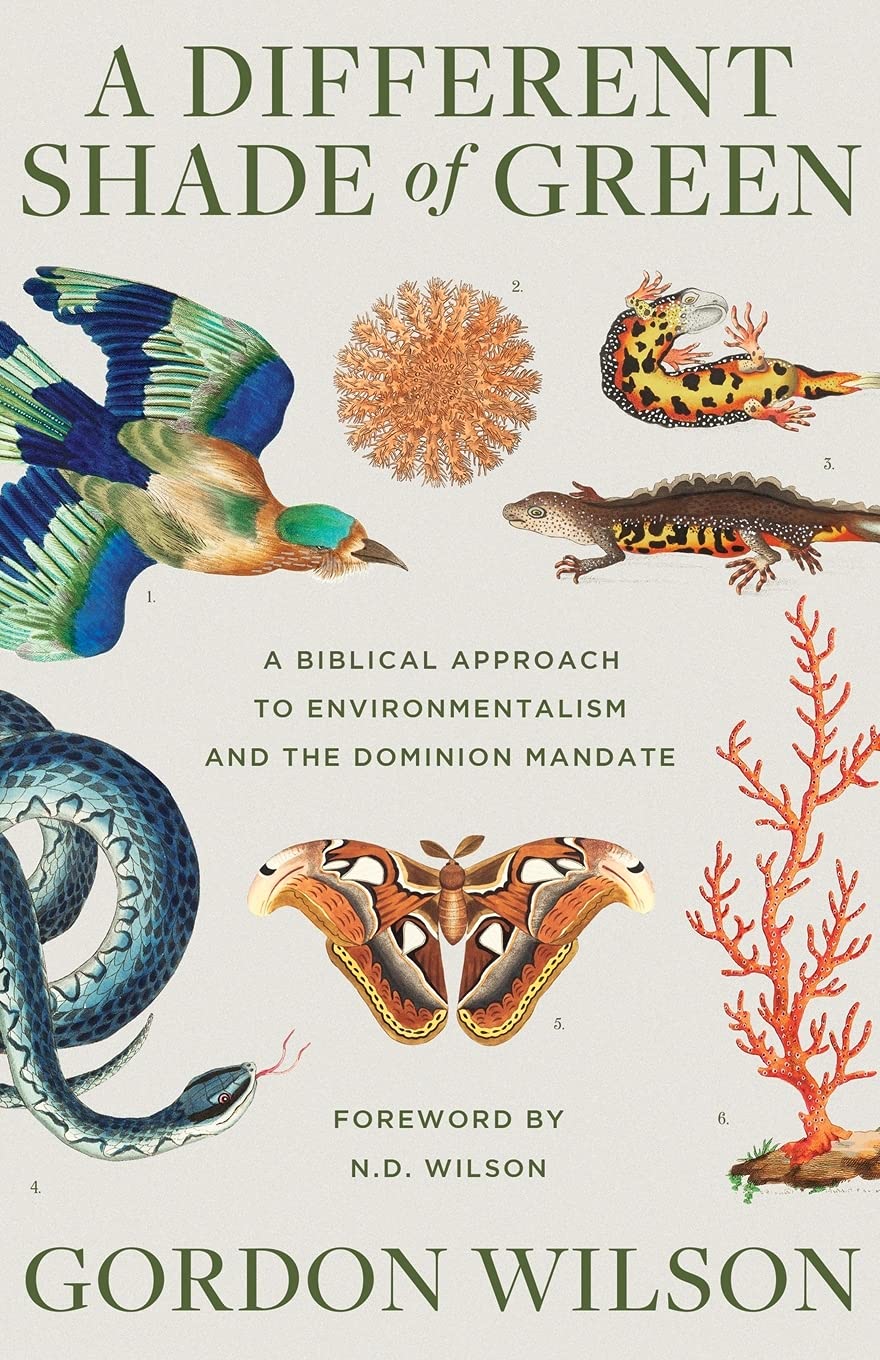As a perfect companion was created for man, namely woman, so too was a perfect companion created for both men and women. That companion was the dog. A study of dogs’ design, temperament, variety, and personality shows they were created specifically to be companions, helpmates, and servants for humans. No other animal is even close that meets these many requirements.
That God made the perfect companion for both men and women, namely the dog, humans agree. In the United States, 77 million dogs live; 1.6 per household. From 2018 to 2020, the Canadian dog population grew from 7.6 million to 7.7 million. In the entire world, the number of dogs is close to a billion! Dogs are so loved that their passing evokes more emotional responses than any other animal, often more than even the death of a close relative (Bova, 2022). The fact is “for many modern dogs, social bonding is vital to their individual well-being” as it is for ours (Morey,1994, p. 346). Dogs were genetically programmed to have unconditional love for their human master. They will fiercely protect their master and at the same time also show great affection for him or her. Dogs are loyal, trainable and able to work very hard from sun up to sun down.
Dogs Unique Ability to Communicate
Dogs lack a verbal vocabulary and thus they communicate using body language. These animals were designed to communicate with humans but not with human language, as that would cause confusion (imagine what they would say to you about dog food if they could talk!). In contrast to humans, dogs also have almost no facial expressions for the same reason. A simple noise, a bark, a wag of their tail or other body language works very well. Most dog owners are able to read their dog’s communications quite effectively. Deciphering dog sounds requires analysis of pitch, tone, and body language for clues (Miklosi, 2018). Owners can usually determine if dogs are barking because they’re happy or are alerting their owner to danger. Are they whining because they want you to play catch with them, or because they don’t feel well?
Does growling, singing or howling indicate the dog is afraid, angry, aggressive, possessive, in pain or is warning you, or someone else, about something? Even moving their ears, furrowing their brow, shifting their eyes, and wagging their tails is useful. To communicate emotions, the dog was given a tail to wag “which is one of the best methods of communication in the animal kingdom” (Llera and Buzhardt, 2022). When a dog is happy, he holds his tail in a neutral or slightly raised position and adds a healthy wag. The faster it wags, the more excited the dog. When the tail is lowered, the dog shows he is submissive and is not a threat. Canine “tail talk” is complex and even the wag direction is significant. Studies show that dogs wag their tails to the right when they are happy or confident, and to the left when they are frightened. The reason is the left side of the brain is associated with positive feelings like love and serenity, thus a happy dog wags his tail to the right because the left side of the brain controls the right side of the body. Conversely, the right half of the brain is associated with fear and depression, so a frightened dog wags his tail to the left (Miklosi, 2018).
Health Benefits of Dog Ownership
Positive long-term health benefits of dog ownership include lowering of blood pressure. One way they do this is by forcing their master to get more exercise. Petting dogs is another way which works by reducing cardiovascular, behavioral, and psychological indicators of anxiety and stress. Patients suffering from cancer and coronary artery disease especially benefit from the presence of a dog. Another reason is “A dog embodies unconditional love and … Fido can wag, lick, and snuggle your child’s stress away” (Levine, 2022, p 34). In short, “a dog offers a child unconditional acceptance, companionship, and emotional attachment that he may not get from siblings or friends…[and] kids who have a close relationship with their dog are more likely to have a strong bond with their parents and friends too.” (Levine, 2022, p 34)
Superior Sense of Smell
Dogs are endowed with much superior smell to help humans track lost children or criminals. A dog has a sense of smell at least 100 times, and depending on the breed, up to 10,000 to 100,000 times better than humans. The reason is they have forty times the scent processing cells and fifty times the olfactory area as humans do (Boron and Boulpaep, 2016, p. 356). They can smell an object 40 feet below ground, making them excellent to locate bodies buried in earthquake-damaged buildings. Normal humans can smell a spoonful of sugar in a cup of tea, but dogs can detect a spoonful of sugar dissolved in two Olympic-sized swimming pools (Boron and Boulpaep, 2016, p. 356).
Dogs can be trained to detect skin, breast, and bladder cancer by comparing samples from known cancer patients and people without cancer. Humans cannot have powerful senses in all areas or we would suffer from sensory overload, as any housewife with young children and a husband who has to compete with the television and cell phones can testify.
Dogs serve humans in an amazingly large number of other roles: hunting, herding sheep, pulling sleds, wagons or other loads, protection, rodent control, assisting police and the military, leading the blind and serving as therapy dogs. Until snow mobiles, they were often the only means of transportation in the frozen far north.
Supposed Evolution
Like cats and horses, dogs exhibit an enormous amount of morphological variety. A total of 5,325 dog breeds are known. And most of these traits which differentiate them are controlled by only a few genes. For example, the dog coat variety is controlled by only three genes (Ratliff, 2012, p. 43). The DNA makeup of wolves and dogs is almost identical and varies by only 11 fixed genes. Thousands of wolves are euthanized every year because they are incorrectly assumed to be dogs.
Assuming the oldest Darwin-date given by evolutionists is valid, the dog has not changed in 45 million years. Evolutionists speculate that dogs must have evolved from some ancient animal. The most commonly cited ancestor of dogs is Hesperocyon, a small fox-sized carnivore that evolutionists estimate lived some 42 to 29 million years ago (Wang and Tedford, 2008, pp. 26-27). Judging from the reconstruction of the Hesperocyon, it was just another dog along with others that became extinct. This does not help us to understand the evolution of dogs from non-dogs. Thus, the evolutionary ancestor of Hesperocyon is posited to be an archaic group of carnivorans in the family Miacidae (Wang and Tedford, 2008, pp. 8-10). Miacidae were extinct baby squirrel sized animals that had small cat like bodies with long tails. They were another extinct life form. Where the Miacidae evolved from is even more the product of speculation and dead-end reasoning.
How dogs became domesticated is also unknown and several conflicting theories exist. The most popular theory is that they scavenged food in human refuse dumps and eventually got used to humans, who took them in as pets. The problem with this theory is that since almost every civilization had dogs as pets dating back to the earliest civilizations, this scenario must have been repeated hundreds of times. The Biblical view is that man and dog have been companions from earliest history and down to today. Dogs were created to fulfill a companion role and have done so throughout all of history.
Summary
A dog is a unique one-of-a-kind animal that, in addition to the horse, has played a critical role in human history and still plays an important role in the life of modern humans. The fact is we love our dogs! Theories of its claimed evolution are very speculative and appear to be based on extinct kinds of dogs, of which many kinds exist. Ignoring these unsupported theories, let us therefore celebrate and give thanks for the gift of canine companions and helpers.
References
Boron, Walter, and Emile Boulpaep. 2017. Medical Physiology, Third Edition. Philadelphia, PA: Elsevier.
Bova, Dan. Dogs: 2022. Why We Need Them. Why They Need Us. New York, NY: Meredith Publishing.
Horowitz, Alexandra. 2010. Inside of a Dog: What Dogs See, Smell, and Know. New York, NY: Scribner.
Lange, Karen. 2002. The Human-Dog Connection. National Geographic. January, p. 4.
Livine, Hallie. 2022. “A Soothing Nature.” In: Bova, 2022, pp. 34-37.
Llera, Ryan, and Lynn Buzhardt. 2022. Interpreting Tail Wags in Dogs. VCA Animal Hospitals; https://vcahospitals.com/know-your-pet/interpreting-tail-wags-in-dogs.
Miklosi, Adam. 2018. The Dog: A Natural History. Princeton, NJ: Princeton University Press.
Morey. Darcy. 1994. The Early Evolution of the Domestic Dog. American Scientist 82(4):336-347.
Ratliff, Evan. 2012. What Digs Tell Us: The ABC of DNA. National Geographic. February, pp. 34-51.
Wang, Xiaoming, and Richard Tedford. 2008. Dogs: Their Fossil Relatives & Evolutionary History. New York, NY: Columbia University Press.

Jerry Bergman
July 2022
Subscribe to Dialogue







